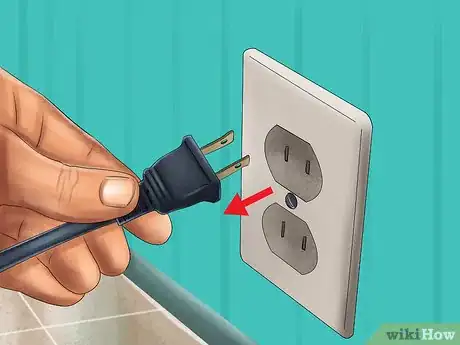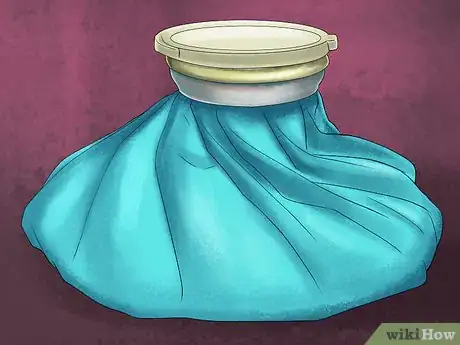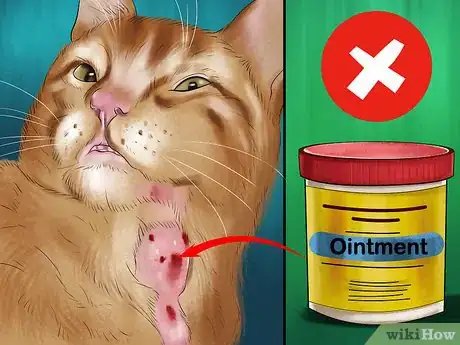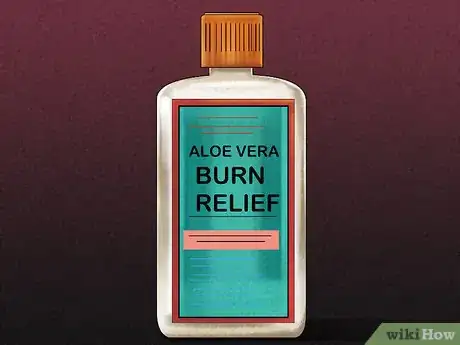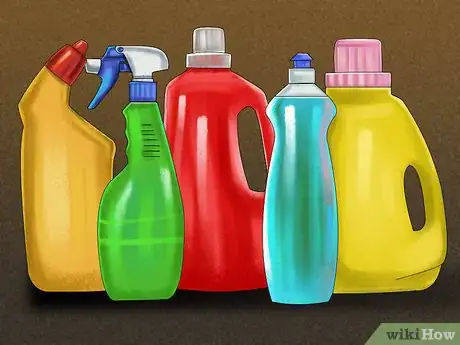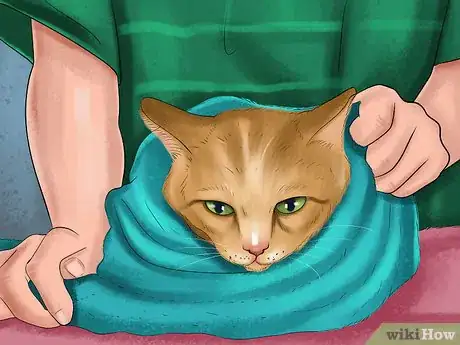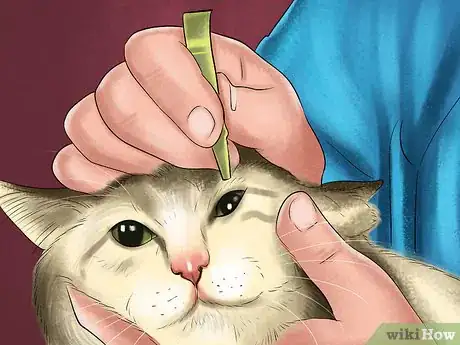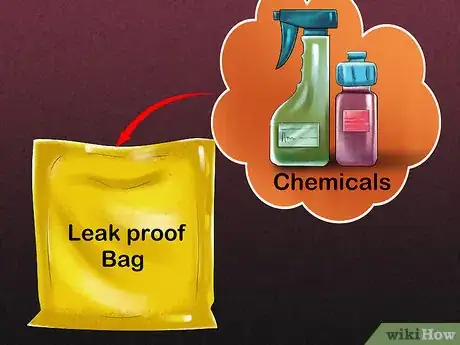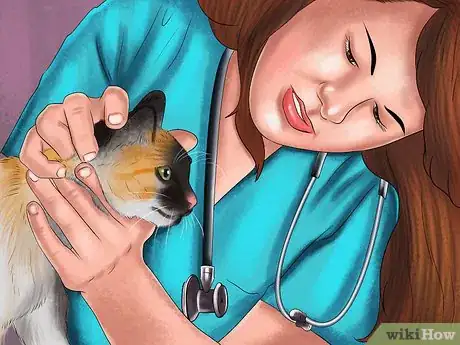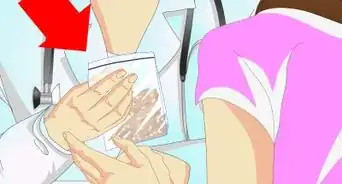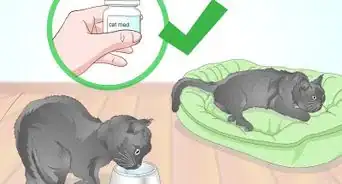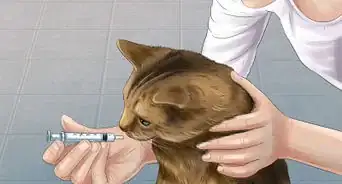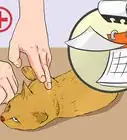This article was co-authored by Lauren Baker, DVM, PhD. Dr. Lauren Baker is a Veterinarian and Assistant Scientist at the University of Wisconsin-Madison. With over 10 years in veterinary medicine, she specializes in the concept of “one health,” which uses insights from veterinary medicine to help human medical research. She holds a Ph.D. in Comparative Biomedical Sciences, a Doctor of Veterinary Medicine, an MS in Comparative Biomedical Sciences, and a Bachelor’s degree in Psychology from the University of Wisconsin-Madison.
There are 8 references cited in this article, which can be found at the bottom of the page.
This article has been viewed 17,668 times.
Cats are curious by nature and can get burned by heat or chemicals if they are not careful. Left untreated, burns can cause infection, dehydration, and shock. By identifying the type of burn, and treating the burn appropriately whether it is thermal or chemical, you can get your cat on the road to recovery in no time.
Steps
Treating Thermal Burns
-
1Unplug or extinguish the source of the burn. Thermal burns are most often caused by heating appliances in the home or fires. If you witness your cat being burned, unplug or turn off any appliances before treating the cat to minimize any further danger to the animal or yourself.[1] If there is an open flame, extinguish it with a home fire extinguisher, baking soda, or non-flammable blanket and call the fire department.
-
2Wrap your cat in a towel. Your cat may be frightened after the burn and try to bite you even though you are trying to help. Wrapping your cat gently in a towel calms and secures it so you can assess and treat the burn.[2]
- Be careful not to rub any sensitive or burned areas with the towel, which can further damage the skin.
Advertisement -
3Wrap a cool compress in a clean wet towel. Gently apply the cool compress to the area of your cat’s burn. Always wrap your compress in a clean wet towel to prevent it from sticking and protect any delicate skin.[3]
- Ice will stick to any wounds causing further damage; don’t use it.
-
4Avoid breaking any blisters that have formed as a result of the burn. Thermal burns can cause blisters of fluid to form on your cat’s skin. Opening these blisters can make your cat more prone to infection. Leave any blistering intact and let it heal naturally in due time.[4]
- Do not apply any ointments to the wound. This can actually trap heat against the burned skin and cause further damage.
-
5Transport your cat to the veterinarian. Place your cat in its carrier and take it to the veterinarian. The vet can assess the severity of the burn and outline a treatment plan. Use any medications or treatments your vet advises as directed.[5]
-
6Apply aloe to minor burns. If the burn is obviously very minor or your vet confirms that the burn is mild, it is safe to apply small amounts of aloe vera gel to the area daily.[6] This will soothe any discomfort and speed healing at home. Make sure your cat does not lick the aloe, as this could upset its stomach. Use an e-collar (cone collar) to keep the cat from licking the area if necessary.
Treating Chemical Burns
-
1Remove any chemical contaminants from the area. Chemical burns are often caused by caustic household cleaning solutions or other strong chemicals. If you witness your cat playing with or ingesting something it shouldn’t, try to clean up the substance immediately to minimize any further risk[7]
-
2Wrap your cat in a towel. After the burn, your frightened cat may try to scratch or bite you even if that is not in its nature. Wrapping your cat in a towel calms and secures it so you can assess and treat the burn.[10]
-
3Hold the burned area under cold running water. If your cat has a burn from contact with a chemical substance rather than ingestion, run the affected area under cold running water. Try to soothe and talk to your cat to keep it calm while you do this.[11]
- If your cat has gotten the chemical substance in its eyes, flush them with water or saline for 15-20 minutes to rinse away as much as possible.[12]
-
4Flush mouth burns with water. If the burned area is the mouth, flush with lots of water to limit possible damage.[13] If possible, try to hold the cat’s nose out of the stream of water as you flush so it can breathe easier and will be more tolerant of the water.
-
5Collect the container of the chemical. Secure the container of the offending chemical (if you have it) by placing it in a leak-proof bag. Bring it to the veterinarian with you so they have as much information as possible about the source of the burn.[14]
-
6Take your cat to the veterinarian. Gently place your cat in its carrier and transport it to the veterinarian. Especially with chemical burns, time is of the essence. The vet can assess the severity of the burn and provide further advanced treatment as necessary.[15]
- Your cat may need a feeding tube for a few days as chemical burns of the mouth may discourage it from eating and drinking properly.
Identifying the Type of Burn
-
1Observe how long it take for symptoms to appear. If you do not witness the cat being burned, there are other clues that can help you determine what kind of burn your cat has incurred and how to treat it. Thermal burns are usually immediate, whereas chemical burns can take several hours to become obvious. Thermal burns, such as a cat walking on a hot stove, are also more common than chemical burns, such as ingesting household cleaner.[16]
-
2Note the color of the burn. Chemical burns usually cause a whitening of the surface layer of the skin. Thermal burns are more likely to look a like a darkening of your cat’s normal skin color.[17] Asses the color of the affected area to determine how your cat was burned.
- A thermal burn exception would be a sunburn, which causes a reddening of the skin, just as it does in humans. Severe sunburn in cats is abnormal because of the protection provided by their fur, but it can occur, especially in white, light-colored, and hairless cats. If your cat’s nose gets a bit too much sun, offer it plenty of water. The burn will fade in a few days.
-
3
References
- ↑ http://www.peteducation.com/article.cfm?c=11+2065&aid=3615
- ↑ http://www.petmd.com/cat/emergency/accidents-injuries/e_ct_burns?gclid=CIGMyLz34tMCFQcaaQoduMwFtg
- ↑ http://www.peteducation.com/article.cfm?c=11+2065&aid=3615
- ↑ http://www.peteducation.com/article.cfm?c=11+2065&aid=3615
- ↑ http://www.peteducation.com/article.cfm?c=11+2065&aid=3615
- ↑ http://www.petmd.com/cat/emergency/accidents-injuries/e_ct_burns
- ↑ http://www.peteducation.com/article.cfm?c=11+2065&aid=3615
- ↑ http://www.petmd.com/cat/emergency/accidents-injuries/e_ct_burns?gclid=CIGMyLz34tMCFQcaaQoduMwFtg
- ↑ http://www.peteducation.com/article.cfm?c=11+2065&aid=3615
- ↑ http://www.petmd.com/cat/emergency/accidents-injuries/e_ct_burns?gclid=CIGMyLz34tMCFQcaaQoduMwFtg
- ↑ https://www.vetinfo.com/treating-cat-burns.html
- ↑ http://www.peteducation.com/article.cfm?c=11+2065&aid=3615
- ↑ http://www.petplace.com/article/cats/diseases-conditions-of-cats/emergency-trauma-urgent-care/chemical-burns-in-cats
- ↑ http://www.peteducation.com/article.cfm?c=11+2065&aid=3615
- ↑ http://www.peteducation.com/article.cfm?c=11+2065&aid=3615
- ↑ http://www.petplace.com/article/cats/diseases-conditions-of-cats/emergency-trauma-urgent-care/chemical-burns-in-cats
- ↑ http://www.petplace.com/article/cats/diseases-conditions-of-cats/emergency-trauma-urgent-care/chemical-burns-in-cats
- ↑ http://www.petplace.com/article/cats/diseases-conditions-of-cats/emergency-trauma-urgent-care/chemical-burns-in-cats
- ↑ http://www.petmd.com/cat/emergency/accidents-injuries/e_ct_burns
About This Article
Before treating thermal burns on your cat, wrap it in a towel to help keep it calm and secure. Next, gently apply a cool compress to the affected area, making sure to wrap it in a clean, wet towel to prevent the compress from sticking to your cat’s skin. Avoid applying any ointment to the burned area, which can trap the heat and cause further damage. Once the cat is as comfortable as possible, transport it to the vet to assess the severity of the wound and decide on a treatment plan. For more tips from our Veterinary co-author, including how to treat chemical burns on cats, keep reading!
